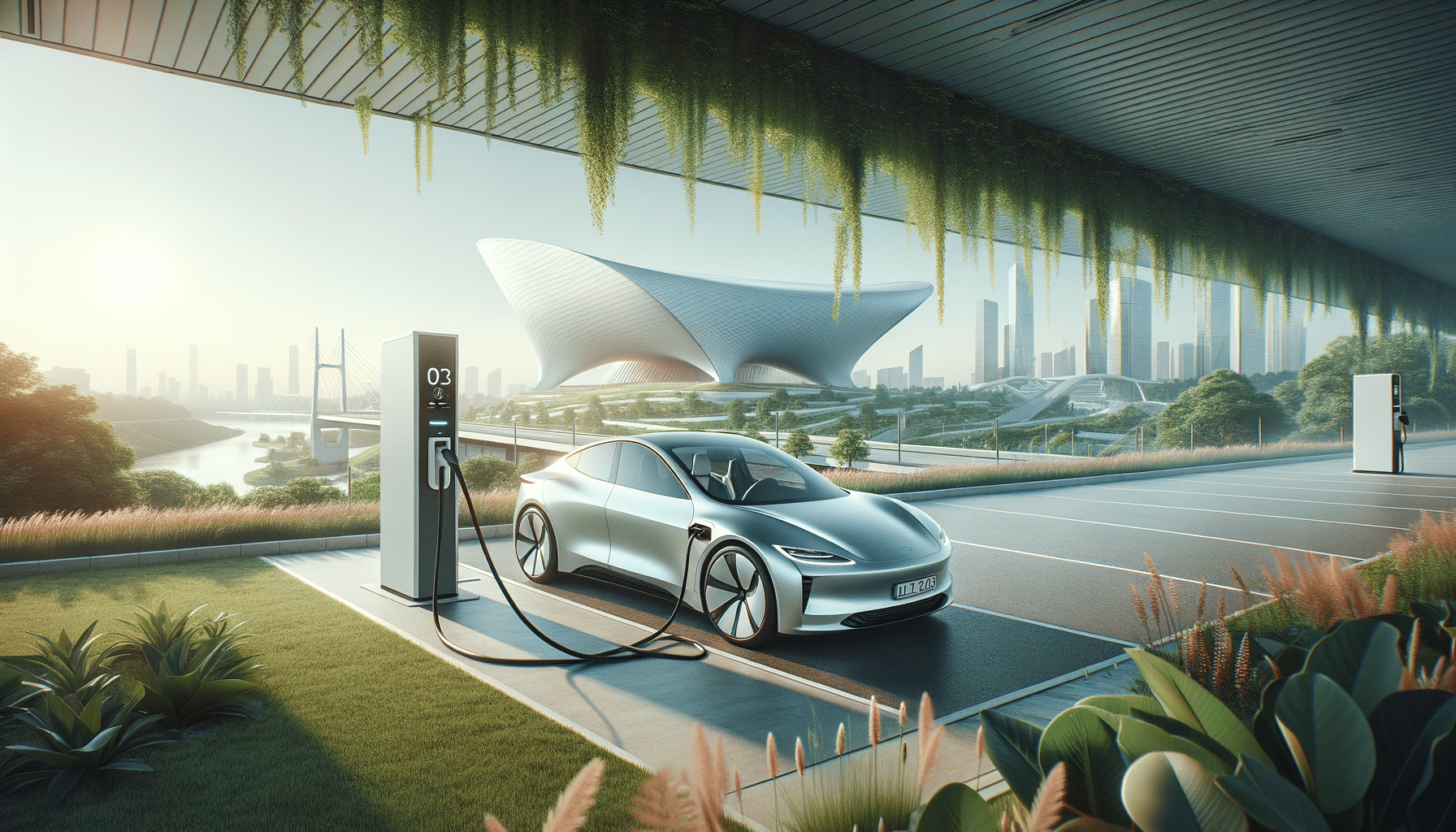
The Evolution of Car Design
The journey of car design has been a fascinating one, marked by significant milestones that have redefined the automobile industry. From the early days of the horseless carriage to the sleek, aerodynamic vehicles of today, car design has continually evolved to meet the changing needs of society.
In the early 20th century, cars were primarily functional, with little emphasis on aesthetics. However, as technology advanced, so did the ability to create more visually appealing vehicles. The 1930s saw the introduction of streamlined designs, inspired by the Art Deco movement, which emphasized smooth lines and rounded edges. This era marked the beginning of cars being seen as more than just a means of transportation, but also as a symbol of luxury and status.
Today, car design is a complex blend of art and engineering, with manufacturers striving to create vehicles that are not only visually striking but also efficient and sustainable. Modern car design takes into account aerodynamics, fuel efficiency, and environmental impact, leading to the development of electric and hybrid vehicles that are reshaping the automotive landscape. As we move towards a more sustainable future, car design will continue to evolve, incorporating new technologies and materials to create vehicles that are both beautiful and eco-friendly.
Technological Innovations in the Automotive Industry
The automotive industry has always been at the forefront of technological innovation, constantly pushing the boundaries of what is possible. From the invention of the internal combustion engine to the development of autonomous vehicles, technology has played a critical role in shaping the cars we drive today.
One of the most significant technological advancements in recent years has been the rise of electric vehicles (EVs). As concerns about climate change and fossil fuel dependency grow, EVs have emerged as a viable alternative to traditional gasoline-powered cars. With advancements in battery technology, modern electric vehicles offer longer ranges and faster charging times, making them a practical option for everyday use.
Another area of innovation is autonomous driving technology. Companies are investing heavily in developing self-driving cars, which have the potential to revolutionize transportation by reducing accidents and improving traffic flow. While fully autonomous vehicles are not yet commonplace, the technology is advancing rapidly, and it is only a matter of time before they become a regular feature on our roads.
The integration of smart technology in cars is also transforming the driving experience. Features such as advanced driver-assistance systems (ADAS), connected infotainment systems, and vehicle-to-everything (V2X) communication are enhancing safety, comfort, and convenience for drivers and passengers alike.
The Shift Towards Sustainable Mobility
As the world grapples with the challenges of climate change, the automotive industry is undergoing a significant transformation towards sustainable mobility. This shift is driven by the need to reduce carbon emissions, improve air quality, and create a more sustainable future for generations to come.
The adoption of electric vehicles is a crucial component of this transition. EVs produce zero tailpipe emissions, making them a cleaner alternative to traditional internal combustion engines. As the infrastructure for charging stations expands and battery technology improves, electric vehicles are becoming more accessible and affordable for consumers.
In addition to electric vehicles, hybrid cars are also gaining popularity as they offer a balance between traditional and electric power. By combining an internal combustion engine with an electric motor, hybrids provide improved fuel efficiency and reduced emissions, making them an attractive option for environmentally conscious drivers.
Beyond vehicle technology, the concept of sustainable mobility also encompasses changes in transportation systems and urban planning. Car-sharing programs, public transportation improvements, and the development of pedestrian-friendly cities are all part of the broader effort to create a more sustainable transportation ecosystem.
The Role of Car Enthusiasts in Shaping the Industry
Car enthusiasts have always played a vital role in shaping the automotive industry. Their passion for cars drives innovation, inspires design, and fosters a community that celebrates the art and science of automobiles.
Car clubs and enthusiast groups provide a platform for like-minded individuals to share their love of cars, exchange knowledge, and participate in events such as car shows, racing, and rallies. These communities often serve as a testing ground for new ideas and technologies, influencing manufacturers to incorporate enthusiast feedback into their designs.
Enthusiasts also play a significant role in preserving automotive history. By restoring classic cars and maintaining vintage vehicles, they ensure that the legacy of automotive design and engineering is not lost to time. This preservation work often inspires modern designers, who draw on classic styles and techniques to create contemporary vehicles with a nod to the past.
In recent years, the rise of social media has further amplified the voice of car enthusiasts, allowing them to reach a global audience and influence trends within the industry. Through blogs, YouTube channels, and Instagram accounts, enthusiasts share their experiences, reviews, and insights, shaping the perceptions and preferences of consumers worldwide.
Conclusion: The Future of Cars
The future of cars is an exciting and dynamic landscape, characterized by rapid technological advancements and a growing emphasis on sustainability. As we move forward, the automotive industry will continue to innovate, driven by the need to address environmental challenges and meet the evolving demands of consumers.
Electric and autonomous vehicles are set to play a central role in this future, offering cleaner, safer, and more efficient modes of transportation. As technology continues to evolve, we can expect to see further integration of smart features and connectivity, enhancing the driving experience and transforming the way we interact with our vehicles.
Ultimately, the future of cars will be shaped by a combination of technological innovation, consumer preferences, and global sustainability goals. As we embrace this new era of mobility, the focus will be on creating vehicles that not only meet our needs but also contribute to a healthier, more sustainable planet.


